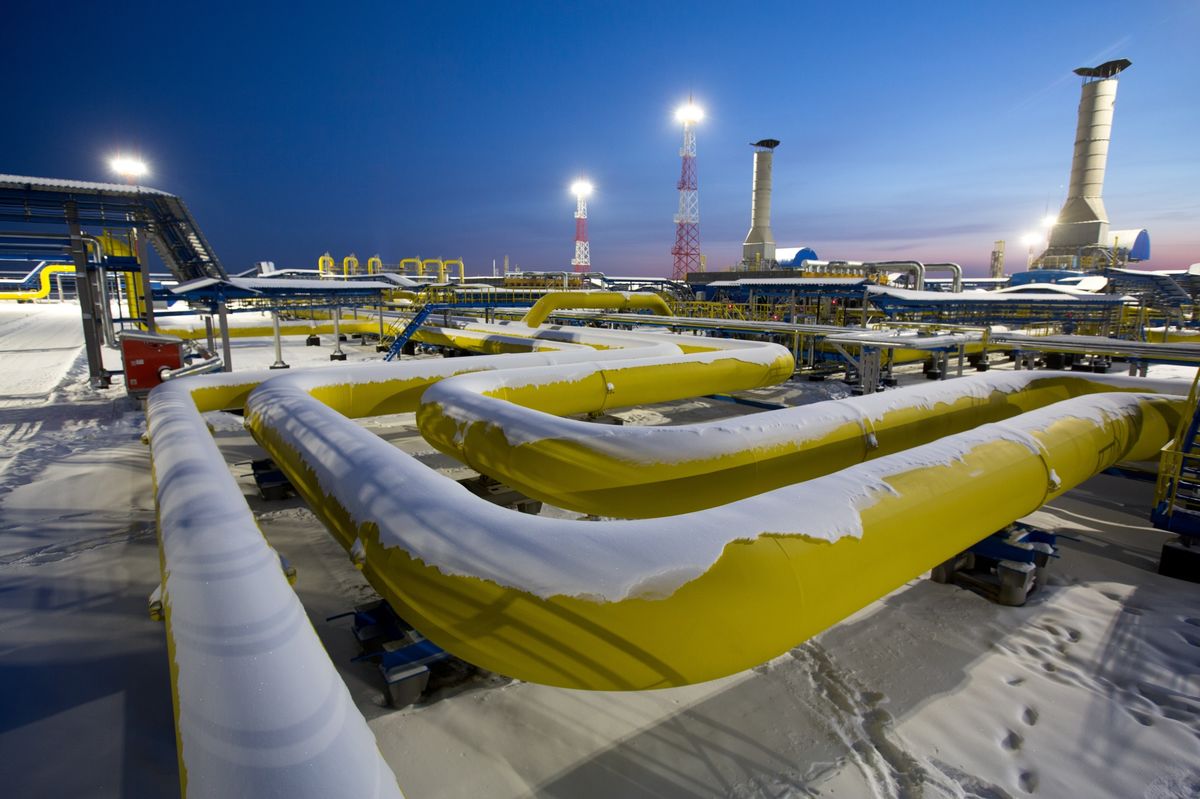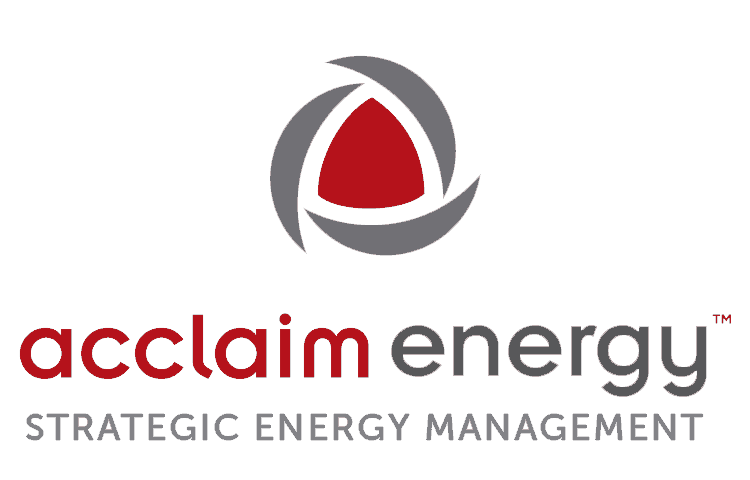Winter is coming

U.S. natural gas futures reached US$10/MMBtu in the fourth week of August for the first time since August 1, 2008.
The 14-year highs reached during the fourth week of a boost by U.S. natural gas futures show the relentless demand for North American shale gas across the Atlantic, and likely points to rising prices and increased market volatility soon. 525% higher than in June 2020 when it closed ban positions at levels of US $ 1.48 when COVID-19 forced the closure of many commercial and industrial operations.
Some analysts claim that the natural gas crisis in Europe is contributing to higher natural gas prices in the United States, as the country has increased its exports of liquefied natural gas (LNG) to Europe to help mitigate the impact of the loss of Russian gas, although we must clarify that it is not the main factor. The biggest problem is that inventory levels are well below historical averages, supply has simply been unable to keep pace with demand, leaving the market with less protection and, by simple logic, raising fuel prices.
The Good News
High prices in the cost of the natural gas molecule should incentivize producers to continue drilling and, therefore, raise the supply of this fuel. On the other hand, analysts and particularly investors, are not betting that the rally of high prices will continue next year. However, the current futures market suggests that natural gas prices could be reduced by up to 50% for the same period in 2023; although we must be clear, we did not assume a year ago that the spot market would be at the levels that are reported currently.
What Are the Drivers Pushing Natural Gas Prices?
This summer’s peak is partly due to the high demand for this fuel, as high temperatures in the U.S. forced the population to turn on and keep their air conditioners on longer, thereby undermining relatively low inventory levels.
Winter is approaching and U.S. natural gas prices have already risen above $10 per million British thermal units (BTUs) for the first time since 2008, extending a scorching rebound driven by lingering concerns that global reserves of heating oil and power plants are not enough to meet winter demand.
It is already well known that gas prices have soared around the world after the Russian invasion of Ukraine intensified a global energy crisis, leaving countries struggling to secure scarce shipments of liquefied natural gas. European gas supplies are a concern after an unusually hot summer, making the region more dependent on exporters’ cargoes to reduce the deficit.
Because of this, the European Union has been forced to draw up plans to ration natural gas, a drastic step that will harm families and businesses. Natural gas prices have soared so much on that continent that they threaten to send the region’s economy into recession. Just as some additional context and reference, natural gas prices in Europe are trading at levels equivalent to around US$70/MMBtu; while in the Netherlands the maximum record was €295/MWh, although it stabilized quickly in the range close to €273/MWh.
The latest price hike came in response to Russia’s plans to close one of Europe’s main fuel arteries for a few days at the end of the month. Some say it was due to unplanned maintenance along the vital Nord Stream pipeline or perhaps an act of economic warfare by Russia in retaliation for Western European support for Ukraine.
The Nord Stream pipeline that goes from Russia to Germany will theoretically be offline for three days starting at the end of August, which raises concerns with market analysts that the pipeline will not restart as planned once the maintenance work period has ended.
In the U.S., natural gas inventories are well below normal after this summer’s scorching heat has been driving electricity demand above what was projected earlier this year. Meanwhile, production from shale fields has been growing only modestly. U.S. exports fell after an explosion at the Freeport LNG liquefaction terminal in early June which many speculated could return in October.
In the fourth week of August, Freeport provided an update on the planned return of its liquefied natural gas export terminal where it indicated that initial production may begin in early to mid-November, with a sustained level of at least 2 Bcf/d (trillion cubic feet per day). by the end of November. This would represent more than 85% of the facility’s export capacity.
Regrettably, the delayed restart does not bode well for Europe looking to import more LNG in preparation for winter.
Freeport’s recovery plan would use the second loading dock as a berth until cargo capacities at the second dock are restored in March 2023. At that time, the company expects to be able to operate at 100% capacity.
In recent years, power plants were looking to burn coal when gas prices soared, but that’s happening less and less because of climate concerns. That means a traditional cap on demand that used to keep U.S. gasoline prices from skyrocketing was largely eliminated.
Due to the high prices paid for LNG in Asia and especially in Europe, several developers are accelerating Pacific and Atlantic-based initiatives aimed at harnessing relatively cheap U.S. gas overseas.
Mexico is no stranger to this market, so there is now a growing portfolio of natural gas liquefaction projects that seeks to take advantage of existing and future pipeline capacity to ensure the necessary supply to convert some strategic points of the country into LNG export centers.
On August 1, the president of Mexico, Andrés Manuel López Obrador, announced that the private sector will make an investment of $5billion dollars to develop a gas liquefaction terminal in Puerto Libertad, Sonora, which has already been authorized by the federal government. This project includes the development of a gas pipeline that will descend from Texas and travel “between 600 and 800 kilometers” to reach the Sonoran terminal.
The other opportunities could be another liquefaction plant on offshore platforms off Lerdo de Tejada, Veracruz, with an investment of $2.5 billion dollars, another in Ensenada, Baja California, and one more that is under study in Salina Cruz, to bring gas to Asia.
LNG also benefits from being in an area where state-owned utility CFE sees potential synergies with private players, as it lacks experience in the field and can benefit from increased pipeline utilization and more activity for its U.S. gas marketing arm CFE International.
Four of the country’s active projects (Energía Costa Azul, Topolobampo, Salina Cruz and Altamira) have some form of direct participation from CFE.
The Closing of Coverages: Do it or not do it?
That answer must be made by each company with the help of an independent expert to advise it. This can help you determine which is the best way forward, taking into account your particular environment, the level of risk you may or may not face, whether you require better control of your thermal or electrical energy budget, among other factors to be considered. If you require a meeting to discuss your specific situation, we invite you to request it on our website www.acclaimenergy.com.mx




